Posted in: 11/26/2020
Between January 29th and 31st, 2020, Synergia was present at the International Congress on sustainability “XVI International Congress on Environmental, Cultural, Economic and Social Sustainability – Examples of sustainability in Global Sur: Priorities, risks and opportunities”, held at the Pontifical University Catholic Church of Chile, in Santiago. On the occasion, Alessandra Benevides (Resettlement Director), Vinicius Corrêa (Studies and Research Manager), Fabio Marçal (Project Manager) and Marcos Vinicius Quitadas de Lima (Geprocessing Coordinator) presented the work Evaluación de Impacto Ambiental de eolic parks in el Noreste de Brasil, at the thematic panel on sustainability in a social, cultural and economic context.
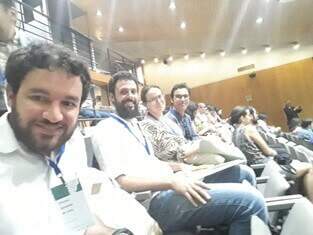 |
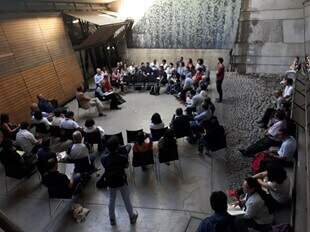 |
Synergia’s participation in an international congress on sustainability: Santiago, Chile. Photo: Synergia, 01/29/2020 to 01/31/2020
The scenario of the oil crisis and environmental collapse due to climate change directly influence the world’s commitment to diversifying the energy matrix, through renewable and clean energy sources. The expansion of the wind sector in Brazil in recent decades occurred in this context, driven by public incentive policies, creation of lines of financing in public banks and changes in legislation for the implementation and operation of wind farms.
Until 2014, the country did not have specific legislation for environmental licensing of wind power generation projects. Until then, environmental studies followed general resolutions that also govern the licensing of undertakings of different kinds. The construction of a specific resolution (CONAMA 462/2014), which is less restrictive, responded to requests from the sector to reduce bureaucracy and speed up the procedures for issuing environmental licenses. The change in legislation simplified the assessment of environmental impact from the initial classification of projects by their size and location. Such factors, associated with criteria for analyzing the physical and biotic environment, will define the extent and detail of the environmental impact assessment to be carried out. The impacts referring to the socioeconomic environment do not always characterize, in the new standard, aspects that determine the criticality of the projects.
It was in this context that the work sought, through bibliographic and documentary analysis, to expose how the socioeconomic impacts and proposals for mitigation and compensation are postulated in Environmental Impact Studies of wind farms installed in Brazil from 2010 to 2019. The territorial cut refers to projects located in the Brazilian semi-arid region, characterized by socioeconomic indicators of vulnerability and which houses the main production parks of this type of energy in the country. Among the 34 studies analyzed, 27 impacts were identified (11 positive and 16 negative) in the operation phase, which affect communities neighboring the projects, often located at a distance of less than 400 m from the wind farms, as shown in Figure 2.
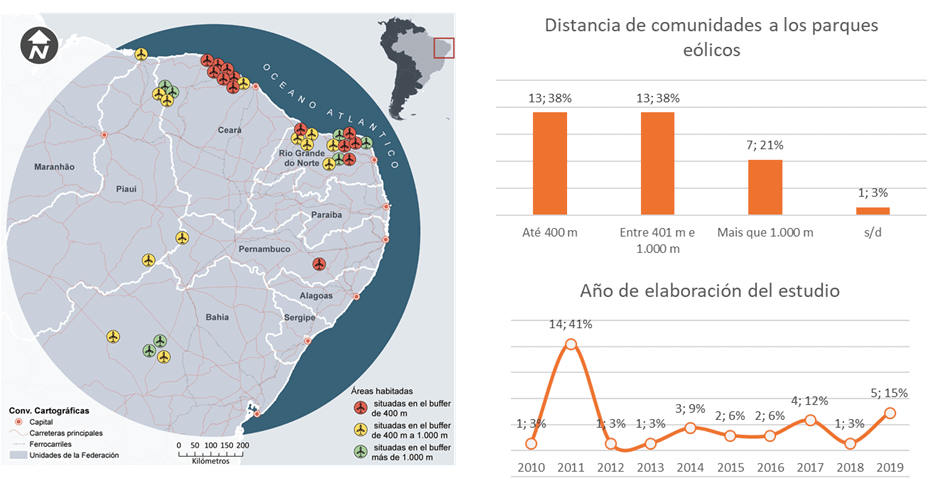
The following figures highlight the main impacts identified in the operation phase, namely: noise, stroboscopic effect, electromagnetic interference, and landscape change. Despite being impacts cited by national legislation and international guidelines, impacts were not cited by all studies analyzed. An even smaller portion correctly indicated environmental mitigation and compensation programs. There are, therefore, methodological and operational challenges to be overcome in the environmental impact assessment process for wind energy. The new licensing legislation allows the licensing agency to define the degree of impact prior to carrying out the environmental studies. The studies present repeated analyzes and conclusions on environmental impacts, prepared by the same group of specialists, even if they are wind farms and different territories. There is also no integrated analysis of the cumulative impacts when the same municipality concentrates several projects.
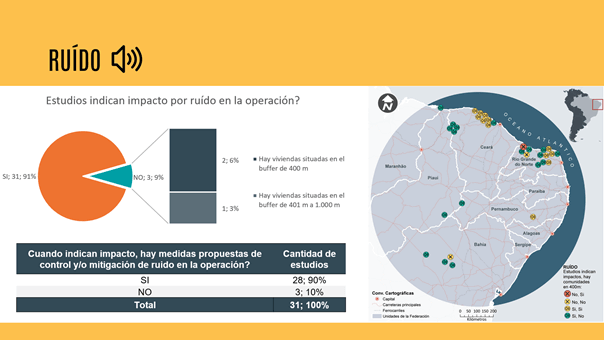
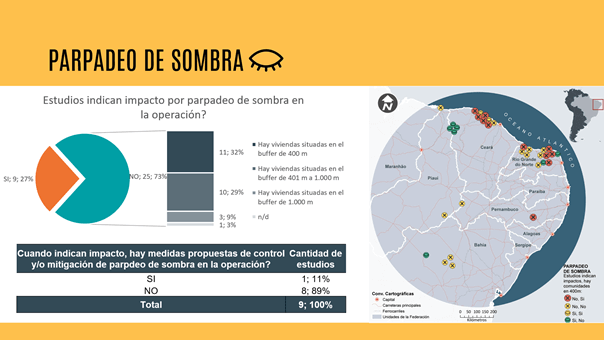
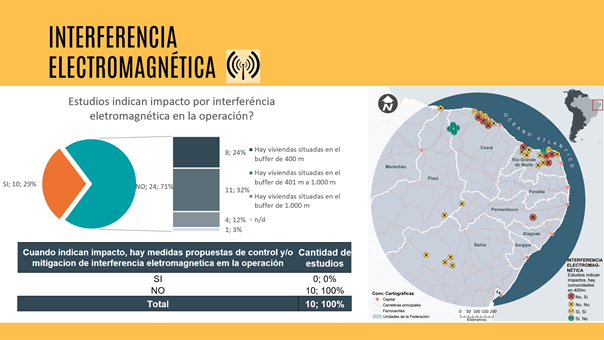
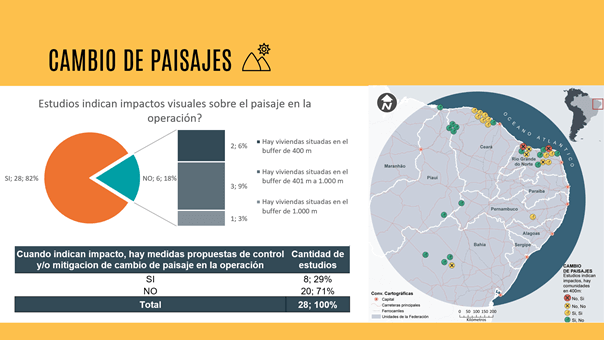
Resettlement Board
Text prepared by Vinicius Corrêa – Studies and Research Manager
*Article originally published on July 13th, 2020
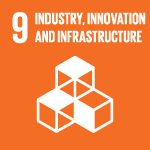
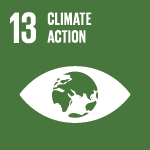
Sign up and receive our news.